Glass, Aluminum, Plastic – What is Better for the Environment?
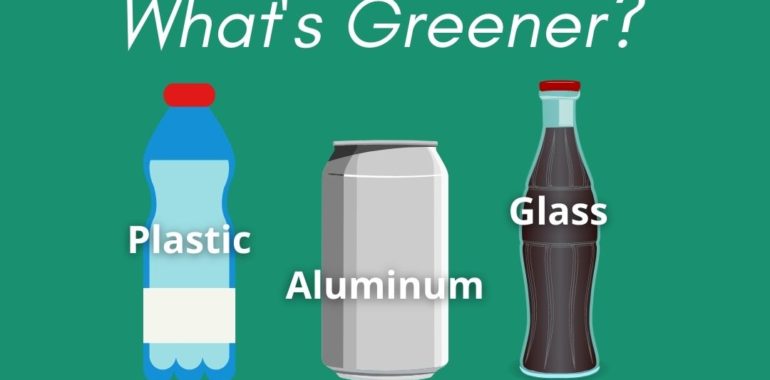
Glass, Aluminum, Plastic – What is Better for the Environment?
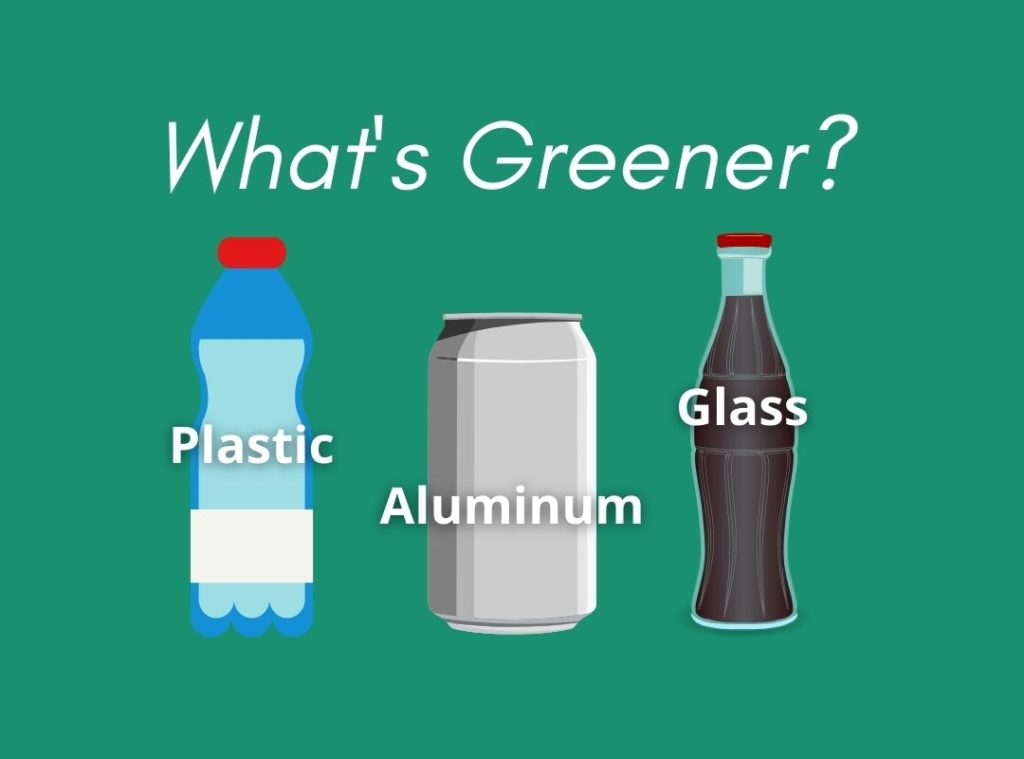
There is a lot of anti-plastic talk these days, and for good reason. Our oceans are choking with plastic, tiny bits of plastic are in the soil, the water and the air where they are being ingested by animals and us. Microplastics are even being found in large quantities in completely uninhabited areas in the arctic. But are aluminum cans or glass bottles really better for the environment? It’s more complicated than you might think.
Defining “Better for the Environment”
It’s often difficult to definitively say, “this material is better for the environment than this one.” (Or more eco-friendly, sustainable, greener, whatever term you like to use.) There are so many different factors to consider, and most materials do better on certain measurements, and worse on others. Some of the environmental impacts of packaging include:
- How much energy is used to produce it;
- Whether that energy is renewable or fossil fuels;
- How much water is used in the process;
- How much environmental degradation occurs in obtaining the raw materials;
- How many toxins and hazardous wastes are created during extraction, manufacturing and disposal;
- How far it must be transported;
- How bulky and heavy the item is (which affects how much space it requires in transportation and storage, how much energy is used in transportation and how much space it will take up in a landfill);
- How easily recyclable it is and how often it is recycled;
- How much the overall process contributes to greenhouse gas emissions;
- And so on…

So yeah…it’s complicated. And finding trustworthy unbiased studies of these various impacts is also pretty difficult because most of them are paid for by industry associations that represent plastics, aluminum or glass, so they can be biased and often cherry-pick the data that shows their packaging in the best possible light.
Comparing Plastic vs Glass vs Aluminum
After much research, I did manage to find one study from 2013 called Life Cycle Environmental Impacts of Carbonated Soft Drinks which seems to be an unbiased scientific study that was not funded by any aluminum, plastic or glass industry special interest groups.
Please note: This study was based on drinks packaging in the U.K., and they assumed that the glass was made of 35% recycled material, the cans from 48% recycled aluminum, and the plastic was virgin. These numbers seem fairly comparable to ours in the U.S. except that I believe our glass bottles have less recycled content, so the environmental impact of our glass containers is likely a bit worse than what is reported here. Our plastic may be better when it contains some recycled content.
This Life Cycle Assessment (LCA) looked at the entire process of creating that bottle or can of soda that you purchase at the store, and analyzed all the environmental impacts, from manufacturing to transportation to disposal and everything in between.
Conclusions:

This report concluded that glass has the worst overall environmental impact. Aluminum and plastic are more of a mixed bag, each having some benefits and drawbacks. Here is how it all breaks out.
Greenhouse Gas Emissions
Greenhouse gases (GHGs) include the carbon dioxide emitted by vehicles and fossil fuel-generated electricity. We often call this the “carbon footprint” of a product or activity. GHGs also include gases like methane and CFCs. These gases are produced throughout the life cycle of a product from extraction to manufacturing to transportation to recycling to waste disposal and more and they all contribute to climate change.
Based on the LCA, here is a chart illustrating the average GHG emissions impact of these three types of drinks packaging:
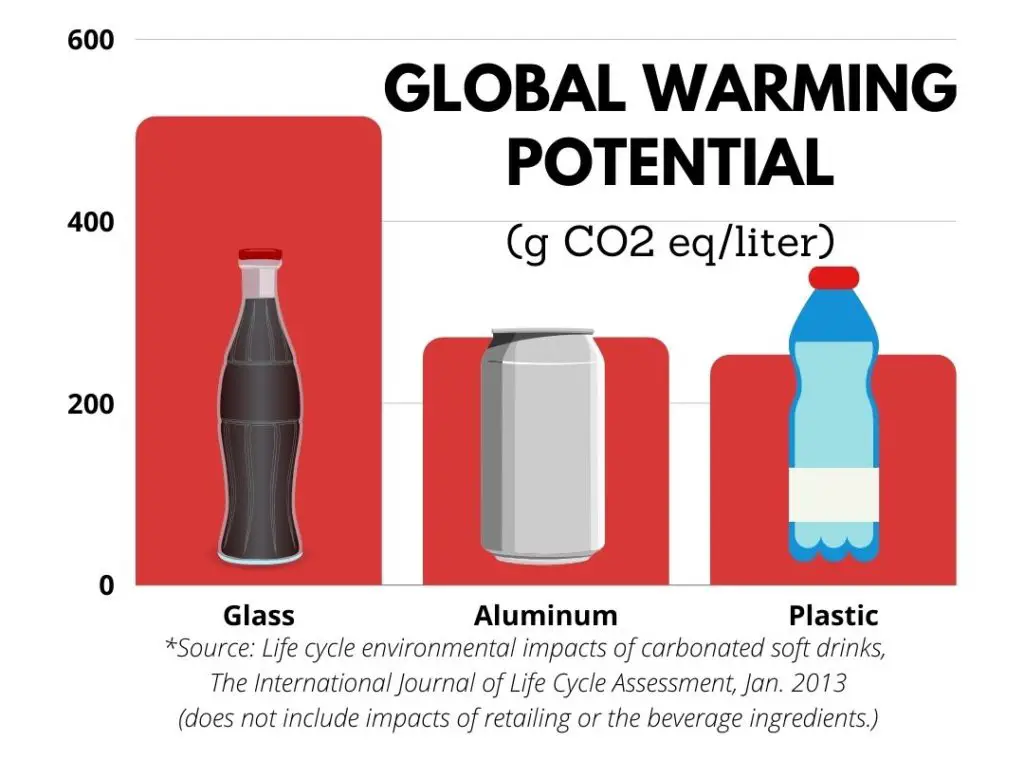
As you can see, glass contributes the greatest amount of global warming impact mostly due to the energy used to melt down the glass. Aluminum and plastic are fairly comparable, with plastic being slightly less GHG emitting.

NOTE: I found another article in Reuters comparing aluminum and plastic bottles in the United States, and they showed a much larger disparity between aluminum and plastic, with aluminum being about twice as GHG emitting as plastic.
There could be a few reasons for this. They are comparing bottled water packaging and the study I am using compares carbonated drinks, which may have to use a thicker plastic due to the pressure and acidity. Or it could be because they were assuming the plastic bottles have some recycled content rather than 100% virgin plastic assumed in the report from the UK above. They also might be including refrigeration at the retail stores which I did not. (Refrigeration does create more emissions for aluminum cans than plastic, I’m not sure why, maybe aluminum cans require more energy to cool?)
Regardless, plastic currently performs the best in terms of lowest global warming impacts.
Other Environmental Impacts
Global warming isn’t the only environmental issue created by our beverages. There are plenty of other problems like toxins released into the water, soil and air, ozone depletion, health hazards to animals and humans and more. This study looked at 10 categories of environmental impacts created by these materials. Of these 10 categories, glass ranked the worst on six of them. Plastic and aluminum each ranked worst on two.
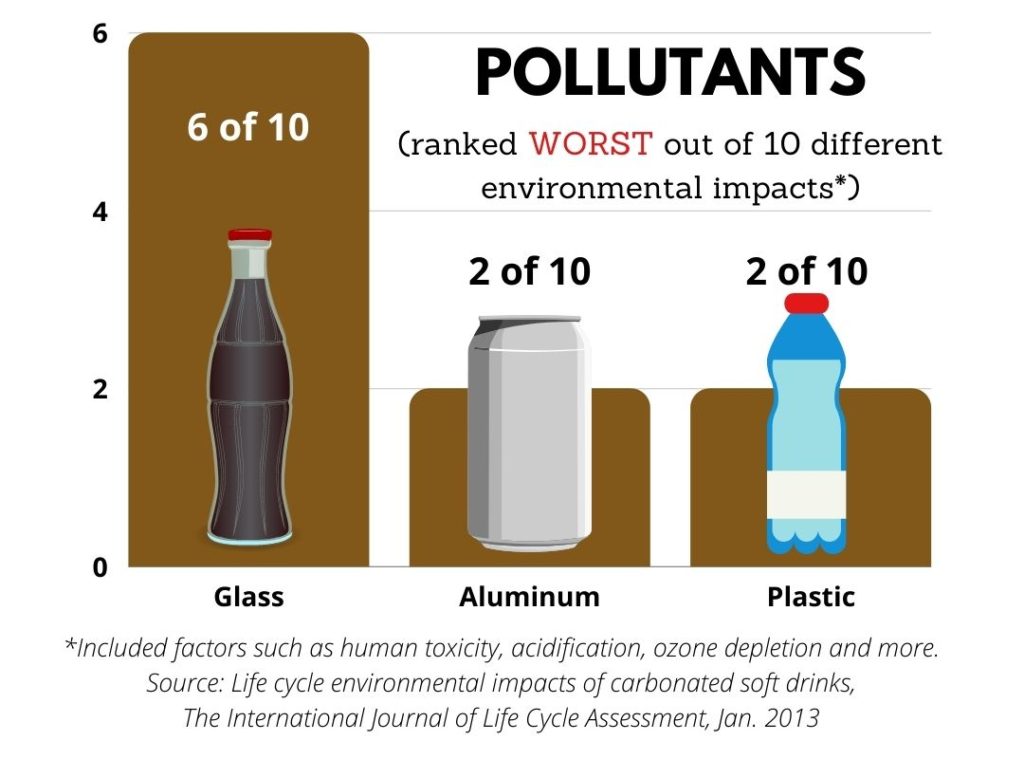
Let’s also take a look at which materials ranked best (lowest impact) for those same ten factors. Aluminum in this case had the lowest impact ratings in seven of the ten factors, plastic had the lowest impact in three of them. Glass was not lowest impact in any category.
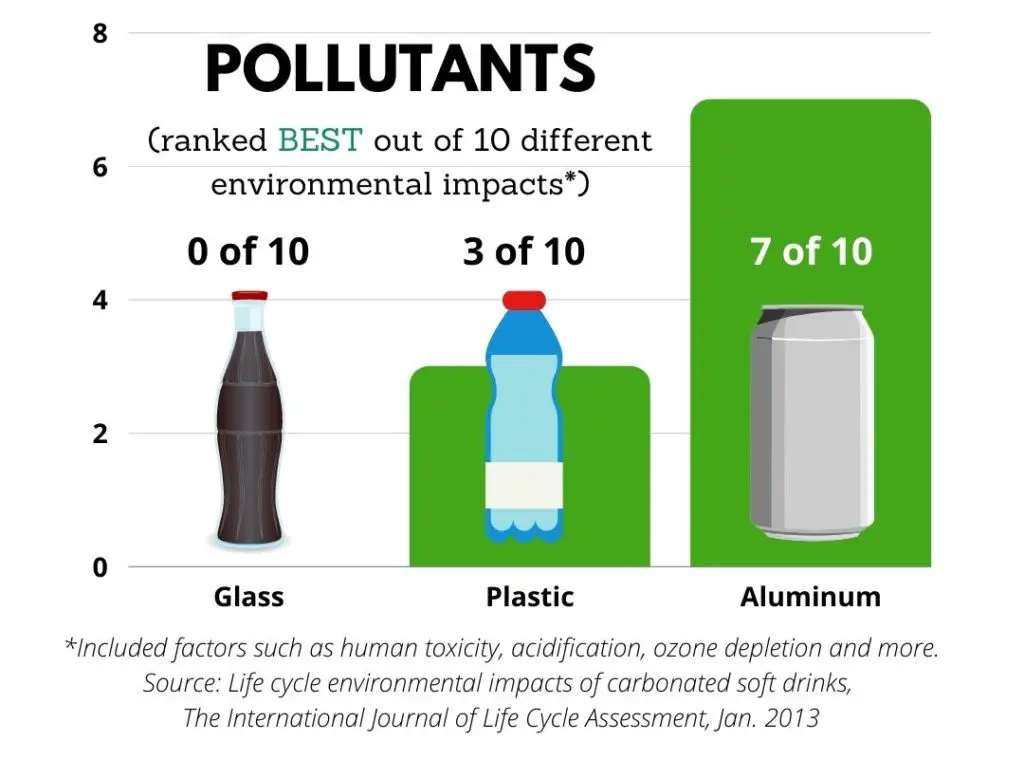

IMPORTANT NOTE – Although aluminum scored best in seven of the pollutant/environmental impact categories and worst in only two, in one of the categories where it scored worst (HTP, Human Toxicity Potential), it was off-the-charts worst (like, 14 times worse than glass or plastic). So it would be too simplistic to say that aluminum is better than plastic when it comes to pollutants. It’s complicated and they both have problems.
Takeaways:
Glass is a bad choice for single-serving drinks.
Glass has the greatest negative environmental impacts of the three types of drinks packaging. This study calculated that if glass bottles were reused, then the environmental impacts of glass could be reduced quite a bit. But as far as I am aware, currently in the United States even if your state has a bottle bill most bottles don’t get reused, they get recycled (if anything is done with them at all).
Related: Is Your Glass Really Getting Recycled?
Aluminum is probably better than glass, and could be better than plastic, if we get to a place where our cans contain more recycled content.
Aluminum has fewer environmental impacts than glass, and it has a much better recycling rate than either glass or plastic in the U.S. It could potentially be competitive with plastic in terms of GHG emissions, but only if it is recycled at a higher rate than it is currently. (We are currently only recycling about 50% of aluminum cans in the United States.) Aluminum mining and can manufacturing also creates some pretty serious pollution and toxic health hazards.
Lessen your environmental impact by avoiding drinks in coolers.
After packaging, the retailing of drinks is the next largest source contributing to global warming. Coolers in stores use a lot of energy and leak CFCs (refrigerants, aka Freon, etc.) which are powerful greenhouse gases. Most beverages aren’t perishable, so buy the un-refrigerated ones and you can reduce your global warming impact by almost a third.
The transportation of your drinks is a much smaller factor than you probably thought.
Yes, there is some energy savings when transporting lighter packaging like aluminum and plastic versus glass, but the majority of the environmental impact of your beverage is in the packaging itself (the materials used, how they are extracted and the manufacturing process). The transportation of getting those drinks to you is a very small fraction of the total impact.
Drinks in larger bottles are better…usually.
A large 2-liter bottle of soda will have less environmental impact than four single serving bottles. However, if you are buying a quantity that you won’t finish and you end up throwing out half or more, that can be worse.
Recycling does help.
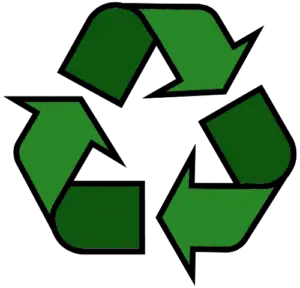
When any of these materials are recycled, it lessens the environmental impact. You can help by always recycling cans and bottles whenever possible. Aluminum cans already have a strong market for recycling. Plastics and glass recycling need to be improved.
Avoiding disposable containers is always best.
Bringing your own mug and/or refillable water bottle is always the most eco-friendly option. Avoid single-use disposable containers whenever possible.
Disposal issues are a whole other problem.
This study didn’t take into account the pollution caused by improper disposal of these materials. We know that plastic which ends up in the environment is a major health hazard. Don’t allow your plastic bottles and bags to end up in waterways and the soil where it breaks down into microplastics and ends up in our food and drinking water.
I’m NOT advocating for plastic.
The point of this article is not to imply that plastic is great, but to illustrate the fact that simply switching our drinks packaging to glass or aluminum is not the answer because the problem is complex and each of those types of packaging also have serious environmental problems, at least in the way we are currently manufacturing and using them. Single-use containers are problematic overall and they way they are manufactured and disposed of needs serious rethinking.


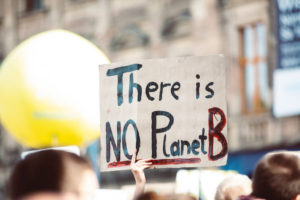
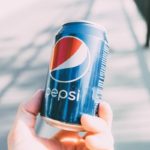

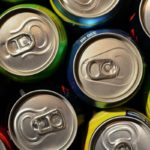

Hi Green and grumpy guy,
Thanks for creating the article, it is very good. I can appreciate how difficult is finding unbiased studies and information about this subject. Now, here are a few of my observations that are worth considering:
1. The whole plastic recycling idea is a scam [created by the polluting industry]. A very minuscule piece of plastics is actually recycled, and it can only be so one or two times, after that it is a waste material.
2. Plastic is a man-made material. There is no process in nature to break off the molecular bond that we created. No insect, no bacteria or fungus can decompose it to its individual raw components. For this reason it remains in the environment for ever or close to it.
3. Glass and aluminum in the other hand are mostly raw components. The aluminum is a rock in the shape of a bottle or any other shape, the glass will eventually turn to sand and other natural components.
4. Aluminum and glass present a better recycling picture. For once, these can be recycled almost indefinitely instead of once or twice for plastic; and in the developed world these two materials are more recycled than plastics. There is economic incentives to do so, unlike plastics.
I agree, the best recycled plastic is the one not used in the first place, and we really need to do better on recycling all aluminum and glass. Now, as far as my personal preference, without researching the subject, I will pick almost any other single use material over plastics. Paper, wood, glass, aluminum, Etc.
I hope someone find this information useful. Keep up the great job.
Best regards,
Joe
Thanks for your thoughtful comments Joe!
this is one of the worst articles ive ever read on carbon footprint. do plastic pellets just magically appear? no they have to be manufactured. this takes none of that into account. plastics should only be considered in virgin material, because they are NOT using recycled to make standard bottles. every recycled plastic bottle loses coke $$$ to make. aluminum is infinitely recyclable, and is 50% or greater. if the ocean was filled with glass no one would notice, because it would turn to pebbles and sink.
This study actually does assume that the plastic bottles are made from virgin plastic and takes the energy and pollutants needed to create that plastic into account. But you make a fair point that I don’t believe this study takes into account the disposal of these items after use and the detrimental effects of plastic that ends up in the environment, probably because it is so much more difficult to quantify.
The point of this article was not to imply that plastic is great, because it clearly isn’t, but to illustrate the fact that simply switching our drinks packaging to glass or aluminum is not the answer because the problem is complex and each of those types of packaging also have serious environmental problems, at least in the way we are currently manufacturing and using them.
Hi Green and grumpy,
Thanks for looking into this, but I can’t help feel like this undersells aluminum. On a simple chemical basis, plastic is very limited recyclable potential, as the quality degrades each time you recycle it, and virgin plastic is always cheaper to make than recycled.
Aluminum, on the other hand, can be recycled infinitely and because of the value of the material, it is cheaper to reuse recycled than to damage the earth mining for more of it.
Lastly, I am deeply suspicious of the study that claims that aluminum is highly toxic to humans. In large doses, yes, aluminum is nothing you want to take into your body, but dose makes the poison.
Between cheese and cakes (SALPS) and your every day environment, you are already taking aluminum into your body, since it’s one of the most abundant things on earth. The EFSA and FDA have established safe weekly limits on aluminum consumption, because, unlike lead, we do discharge aluminum from our bodies at a certain rate, rather than let it build up.
Make no mistake: mining aluminum is terrible stuff, but just having it around you isn’t a huge toxicity problem to humans.
Hi Joel, it’s true that we probably don’t need to worry about toxicity from the aluminum can we are drinking from, but for those working in or near the mines, in aluminum manufacturing or if it gets into a water supply, the health consequences are serious. These are the environmental impacts the study was referring to.
And I realize aluminum is infinitely recyclable and could be pretty sustainable if the cans we bought were made from 100% recycled material, but currently they are not. The point of this article was to help people understand the environmental impact of their drink choices and to understand that it’s more complicated than, “glass and aluminum can be recycled infinitely, so they are better for the environment.” If only it were that simple.
The upshot is that single-use anything is never going to be sustainable and none of our choices are great.